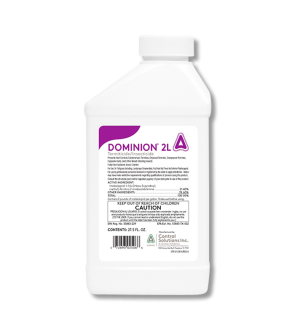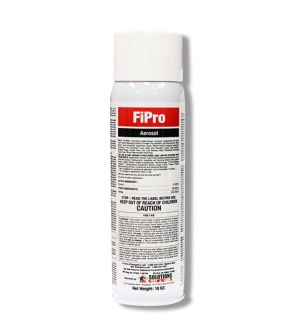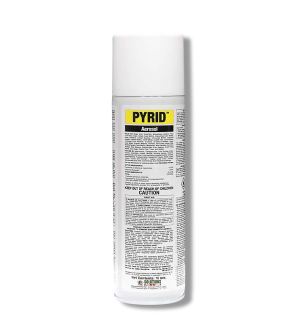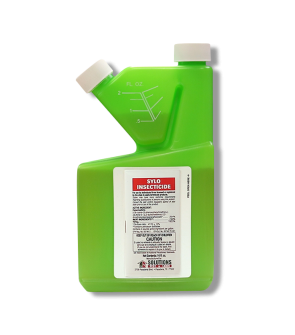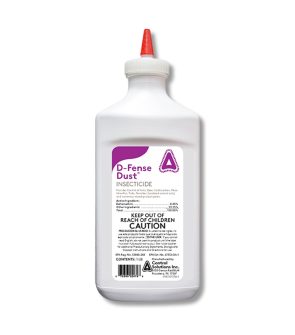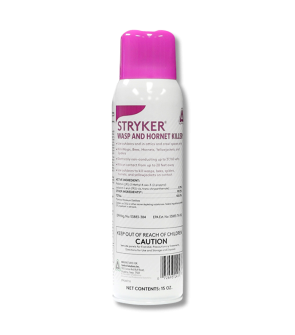Bees, Wasps, and Hornets: What are the Differences?
Most Effective Products
Bees, Wasps, and Hornets: What are the Differences?
This page is a general guide to discuss the differences between bees, wasps, and hornets. Each of these pests posses their own set of issues from nests, stings, and temperament, but knowing the differences between bees, wasps, and bees can help any homeowner quickly control the infestation. To kill bees, wasps, or hornets infesting your property then follow each pest links throughout this article and use the recommended professional products for quick pest control.
It's that point in the year when gardeners and homeowners witness flowers and greenery of foliage throughout their homes yard or landscape. This revival in your plants goes hand in hand with all kinds of different flying pests from bees, wasps, and hornets who pollinate or feed off of foliage. Often this results in homeowners getting stung, and garages, side of home, or shrubbery turning into nesting sites rendering parts of your property unusable.
Wasp and hornets are both aggressive insects capable of stinging multiple times in small to large groups. Despite their shared ability to sting, these stinging pests perform different functions that can provide positive or negative impacts in your yard. Reading this article will help to remove at least some of the confusion associated with these pests and avoid unneccessary product purchases or control efforts. To learn how to protect pollinators in your property then click on the associated link.
Bees Vs. Wasps Vs. Hornets

While bees, wasps, and hornets may share some things in common from their wings, stingers, and colors a closer inspection can show these pests are actually different in their own ways. Knowing which stinging pests infesting your home and yard can help to increase your removal efforts. In the image above, on the left is a honeybee, the middle a hornet, and on the right a paper wasp.
Coloration
- A bee can be mistaken for the paper wasp with its coloration since both of these pests have a yellow and black stripe coloration.
- Depending on the species, some wasps have a yellow to black stripe colored pattern.
- Hornets are brownish and have dull orange stripes on their bodies.
Body
- From a distance bees appear similar to wasps and hornets. One major difference is that bees have a hairy body with a round shaped abdomen and are quite smaller than wasps and hornets. Bees also have wide legs that are pulled close to its body during flight.
- Wasps have smooth bodies with little or no hair with a cylindrical shaped abdomen and a thin waistline, distinguishing them from bees and hornets. While flying the wasp will hang its legs freely in the air.
- Like wasps, hornets have bodies made up of three segments the head, thorax, and abdomen. With the exception that hornets are more rounder and thicker in the abdomen and waist than wasps. The legs of hornets will hang loosely when flying much like wasps.
Stingers
Bees, wasps, and hornets have different types of stingers, which affects the amount of venom they can inject in a single sting and the number of times these pests can attack.
- Wasps have smooth stingers, which allow them to sting the threat multiple times.
- Depending on the bee species, the stingers and life expectancy will vary. Honeybees have barbed stingers that dig into the skin, remaining embedded as the pest flies away, but causes the bee to perish shortly after. Not all bees have a barbed stinger. Bees such as the bumblebee and carpenter bee have a smooth stinger, allowing them to sting multiple times without dying, just like wasps. Besides these species, most bees generally perish after stinging.
- Hornet stingers are sharp and smooth allowing the pest to sting repeatedly without losing their stingers like wasps. Unlike honeybees, hornets can continue to live after stinging the perceived threat.
What Does A Bee, Wasp, and Hornet Nests Look Like

When trying to tell apart bees, wasps, and hornet nests it is best to stand several feet away to determine if it is still active. With most pests, you will want to observe towards the evening or early morning since this is usually when bees, hornets, and wasps are least active.
For physical identification, refer to the image above. On the far left is a paper wasp nest, the middle a hornet nest, and on the right a honeybee nest.
- Nest of a wasp is a single-open face comb made out of paper with a rounded umbrella shape, often attached in a protected area like under an eave or ledge.
- Like paper wasps, hornets build nests out of a paper-like material made with chewed wood fragments then secreted through their saliva. Hornet nests are often more larger than wasps with the exception that it is more football or rounded in shape and enclosed with one single opening. Often they are either loosely attached in sheltered locations like a tree or a bush, and occasionally the side of a building.
- The most common nest to be misidentified is a honeybee and a hornet. Beneficial insects like honeybees create a series of stacked wax combs with cylindrical to hexagonal shaped cells in cavities like wall voids or hallowed trees.
Behavioral Differences of Bees, Wasps, and Hornets

Bees, wasps, and hornets are related with each being types of hymenopterans. Though these pests are closely related they each will behave or react in various manners depending on the season and interaction with the perceived threat.
Typically, in the late summer and fall stinging pests like wasps, hornets, and bees tend to be more aggressive since they are competing with other pests for food, water, and shelter. These pests can become aggressive at any point they feel threatened or territorial, but usually will be least active towards the late evening. Wasps during the spring season and early summer are only aggressive when homeowners threaten or disturb their nests.
Bees: Compared to hornets and wasps, bees are less aggressive. However, if these pests feel they are threatened or their nests then they can sting. Unlike wasps and hornets, bees can only sting once.
Wasps: Wasps are more aggressive than bees but less than hornets. Like other stinging pests, they can sting when provoked or defending their nests from animals or people deemed as a threat. They can sting several times like hornets, each time removing their sharp stinger from the victim without dying.
Hornets: Though hornets and wasps are known to be more aggressive than bees, hornets are particularly known to be the most aggressive wasp species. Hornets are very quick to sting at the slightest provocation and even more so during the fall season. Once a hornet feels threatened or territorial then they will sting several times and continue to do so until the threat is no longer in sight. A hornet cannot die after stinging like bees because of their ability to withdraw their stinger like wasps.
Are Hornets and Wasps Beneficial Insects

Many homeowners are aware with the importance of bees as pollinators, but you would be surprised to learn that wasps and hornets also function as pollinators. However, they are less efficient than bees since there is less hairs on their bodies to carry pollen to and from flowers. In addition, hornets and wasps manage the populations of agricultural and horticultural insects like caterpillars or grasshoppers, contributing to the growth of crops and foliage.
There are two subgroups of wasps known as social and solitary. Based on the group the wasp species fall under determines how it will reproduce and live. Social wasps are pests that live in large groups (colonies) led by a queen. An example of a social wasps is a hornet among other species. In contrast, solitary wasps do not live in colonies and live alone. The number of solitary wasps species is much larger than social wasps, but both groups provide some pollination through not as efficient as bees.
Key Takeaways
What do Wasps, Hornets, and Bees Eat
- During the spring and summer, wasps are searching for insects from flies, aphids, caterpillars, and other pests including flower nectar. Hornets eat grasshoppers, caterpillars, bees, and more as well as tree sap. Unlike wasps and hornets, a bees diet is mainly composed of pollen and nectar from a variety of flowers.
How Many Times Do Wasps, Hornets, and Bees Sting
- Depending on the bee species, many pests like honeybees can only sting once and then die. A wasp or hornet can sting more than once because they do not lose their stingers.
Where Do Hornets, Wasps, and Bees Live?
- Hornets nests in trees, large bushes, against building walls, and other areas that are elevated off the ground and secluded. Although they vary in their nesting preferences a wasp buildings their nest in and around hallow trees, shrubs, sheds, garages, fences, utility lines, and on window and door frames. Bees like honey bees build their nests in tree cavities and under edges of secluded areas like eaves.
How to Get Rid of Bees, Wasps, and Hornets
- To kill hornets in your homes yard, then treat the nest directly with Stryker Wasp and Hornet Killer, perform a barrier treatment with Sylo Insecticide, and lastly use D-Fense Dust in voids around the home. For wasp control around your home, particularly paper wasps, use Stryker Wasp and Hornet Killer on wasp nest, Sylo Insecticide as a barrier treatment, and Pyrid Insecticide Aerosol for any direct encounters with wasps. To kill nuisance bees like carpenter bees, treat voids and galleries with Fipro Foaming Aerosol then repel them away from your property with Dominion 2L Insecticide on wood and BoraCare Termite Treatment on unpainted or unfinished wood.

